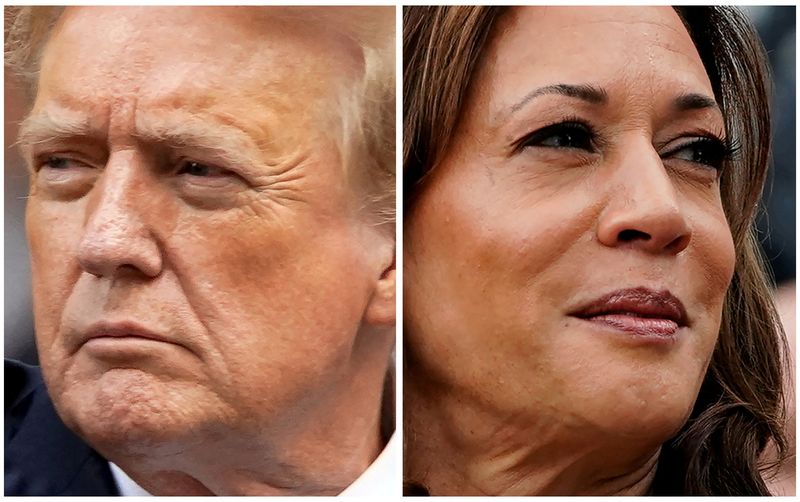As the U.S. presidential election draws near, both incumbent Democratic President Joe Biden and former Republican President Donald Trump face a diminishing opportunity to significantly reshape the federal judiciary during their respective administrations. Biden and Trump, over the course of their eight years in office, are poised to have collectively appointed nearly half of the 890 life-tenured federal judges. This includes Trump appointing three justices to the Supreme Court, solidifying a 6-3 conservative majority, while Biden has appointed only one. Each president tended to choose younger judges, contributing to a generational transition within the judicial system. The pool of judges eligible for “senior status,” which creates vacancies for new appointments, is also dwindling, as many judges are delaying retirement until a president from their appointing party takes office. With only 67 vacancies currently or soon to be available, the chance for the next president to fill judicial positions appears limited compared to their predecessors.
The potential to substantially shift the ideological leanings of the Supreme Court remains constrained as well. Currently, three justices—conservatives Clarence Thomas and Samuel Alito, along with liberal Sonia Sotomayor—are nearing retirement age, making them the most likely to step down depending on who wins the upcoming election. The ability of Harris or Trump to appoint new judges is further influenced by which party controls the U.S. Senate, as it is responsible for confirming judicial nominees. Democrats are facing a challenging battle to maintain their slender Senate majority. Thus, while vacancies may exist, the actual capacity to appoint new judges may not lead to a significant ideological shift on the bench.
Judicial nominations and confirmations are not simply a numbers game; the influence and philosophies of judges play a crucial role. Some judges wield more power due to their court affiliations or individual judicial philosophies. High-profile cases may reveal how differing judicial ideologies can impact wider policy implementation, which both Trump and Biden experienced during their presidencies. For instance, Jake Faleschini from the Alliance For Justice Action Campaign highlighted that a second Trump presidency could result in filling appeals courts with what he described as “hyper-extremist” judges, citing examples of judges who have already made controversial rulings.
Furthermore, Trump’s allies, such as Mike Davis from the Article III Project, expressed a desire for Trump to appoint more bold and assertive judges if he were to serve another term. They argue for an interpretation of the law that aligns strictly with the text, emphasizing an originalist approach to judicial appointments. In contrast, on the left, advocates like Faleschini hope that a potential Harris presidency would mirror Biden’s focus on diversity in the judiciary, prioritizing candidates who represent various demographic backgrounds. This reflects a broader mission to ensure that the judiciary reflects the nation’s diversity.
Critics of a potential Harris administration warn that her judicial appointments could transform the lower courts into platforms for “judicial activism,” characterized by decisions that reflect a progressive agenda. Decisions coming out of lower courts could shift significantly based on the appointments made by either candidate. Davis’s assertion underscores the stakes involved in the election—not just for the presidency, but for potential long-term changes to American jurisprudence.
As both candidates campaign, the future of federal judicial appointments remains a crucial talking point. The upcoming election could have profound implications for the landscape of the federal judiciary, which has the power to shape, enforce, and interpret laws that affect millions. Whether the results lead to leadership that promotes a conservative judicial philosophy or fosters a more progressive approach will have lasting effects for years to come. Each candidate’s ability to appoint judges will be tightly interlinked with the political climate, the composition of the Senate, and the judicial philosophies they uphold, making the stakes of this election even higher. Ultimately, the outcome will decide not only the political future but also the prevailing legal principles in American society.

